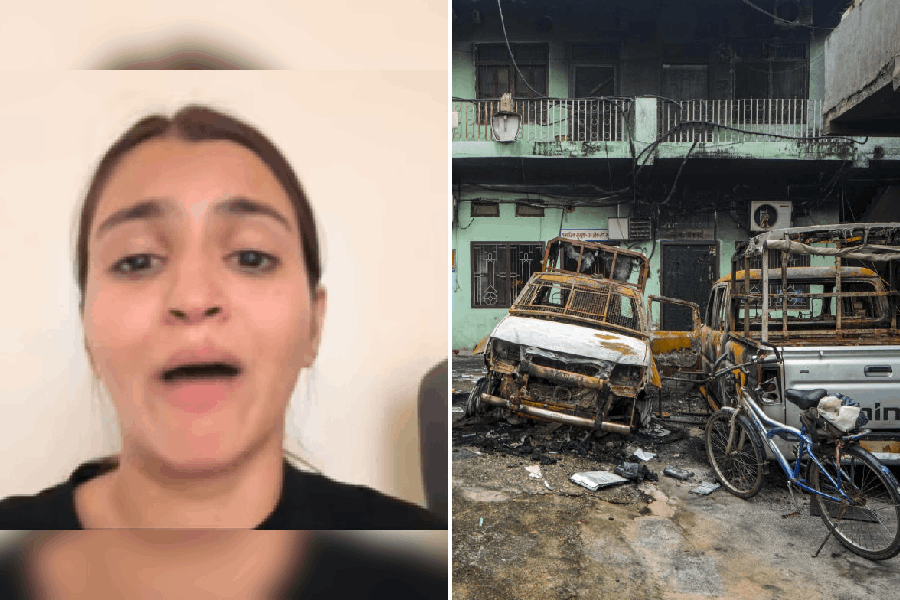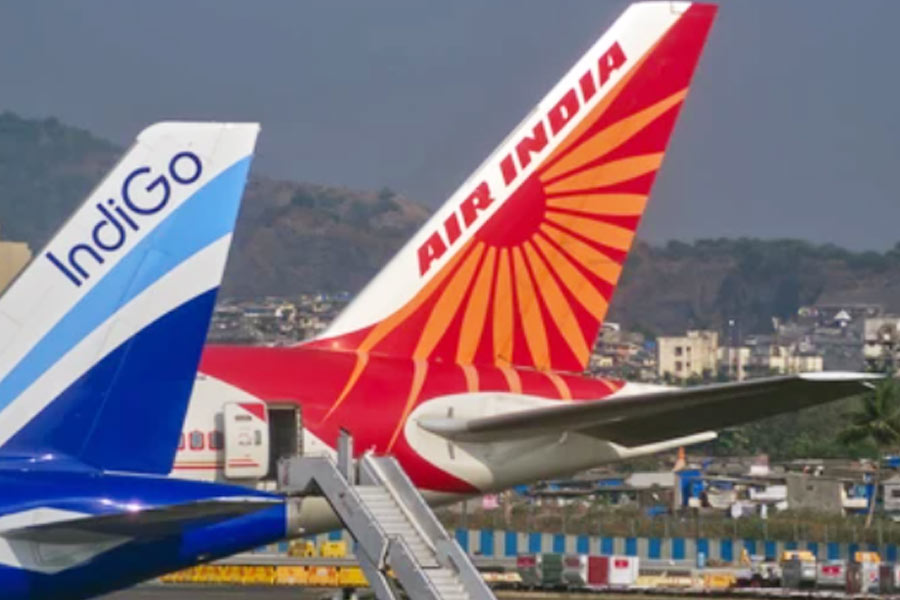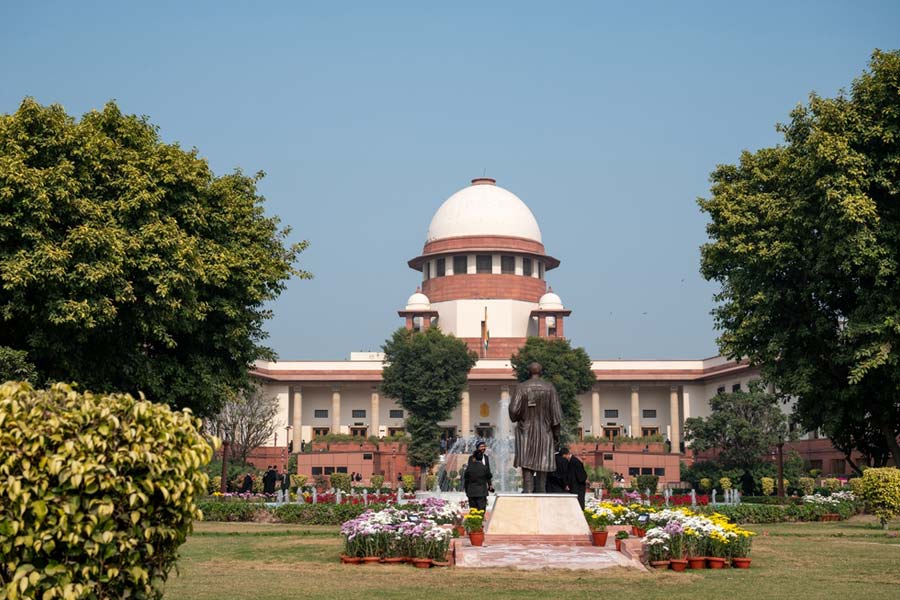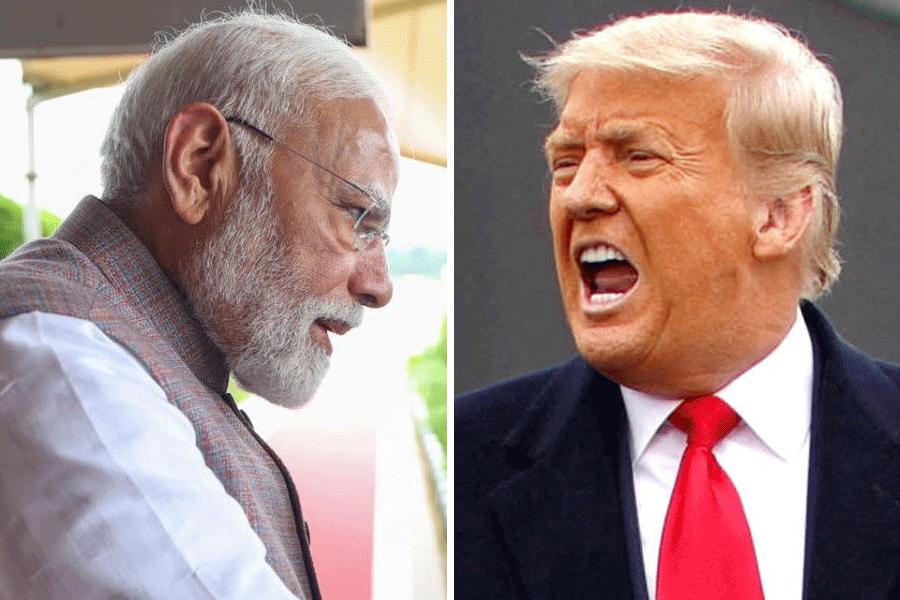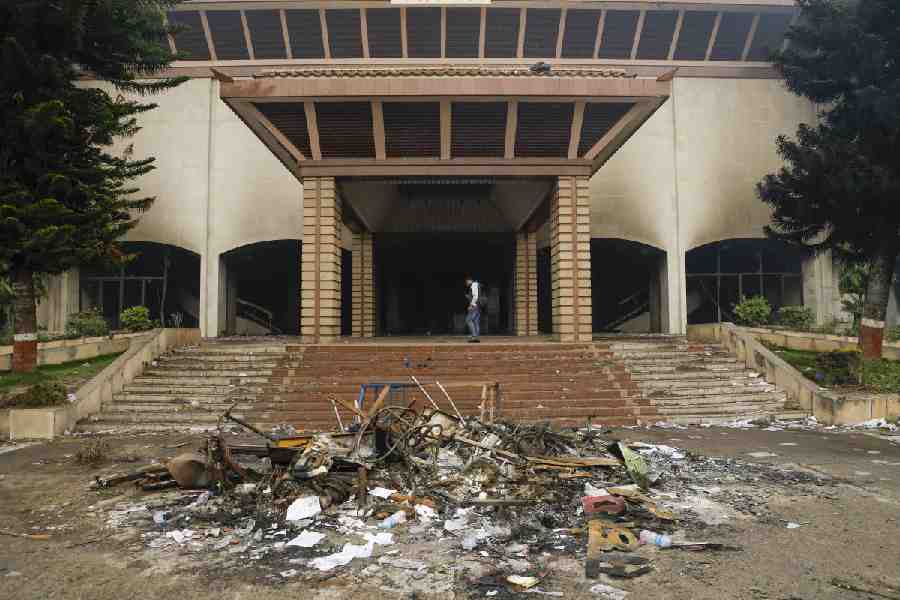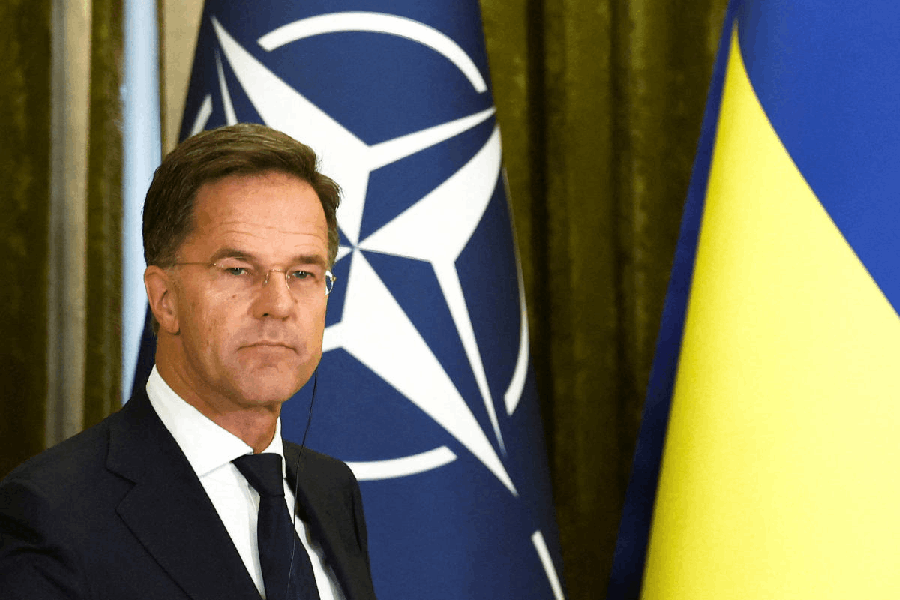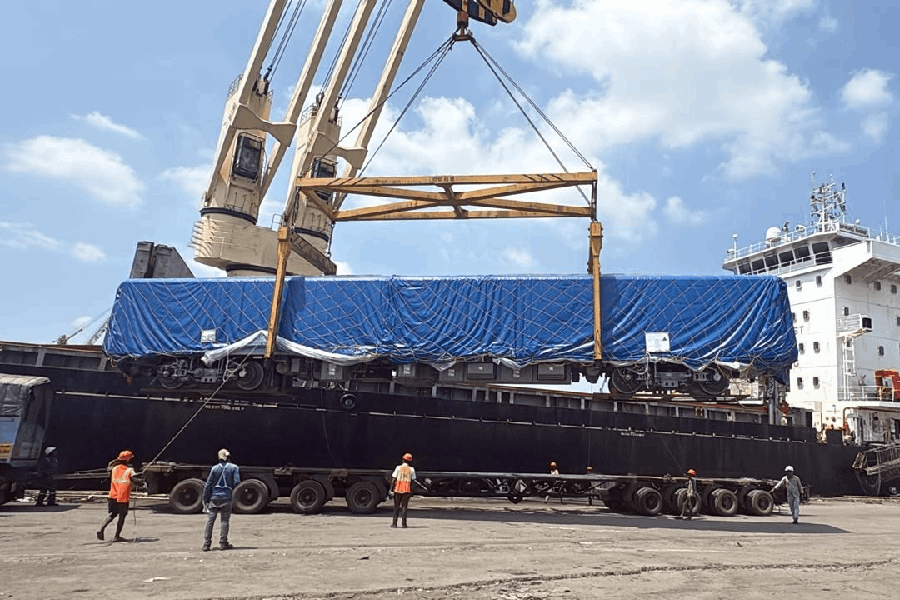 |
| A sketch of the Taj hotel |
Nov. 27: For 105 years, the Taj Mahal Palace & Tower Hotel has been part of the Mumbai skyline, first as a token of defiance against the Raj and later as a symbol of Indian high society’s opulence and the country’s economic boom.
By targeting the iconic building, the terrorists probably aimed to send a message to India’s leaders, foreign investors and tourists as well as the country’s new economic elite.
The Taj, overlooking the Arabian Sea and the landmark Gateway of India, is possibly the best-known Indian hotel world-wide along with the “floating” Lake Palace Hotel in Udaipur.
For any serious foreign investor, businessman or wealthy tourist visiting India’s financial capital, “The Taj” is almost always the first choice.
Legend has it that Tata Group founder Jamsetji Nusserwanji Tata, a patriotic Parsi industrialist, commissioned the building after being refused entry to the now-defunct Apollo Hotel, which had a Whites-only policy during colonial rule.
In 1903, the building cost only £250,000 to build; today the room rents are £200 (Rs 15,320) or more. The original Indian architects were Sitaram Khanderao Vaidya and D.N. Mirza, but the project was completed by W.A. Chambers.
During World War I, it was turned into a 600-bed hospital. Today, it has 565 rooms (along with the Towers) including 46 suits.
The hotel is a study in luxury with its vaulted alabaster ceilings, onyx columns, archways, hand-woven silk carpets, Belgian crystal chandeliers, cantilever stairway and collections of art and furniture. Its colonnades of shops are stuffed with the world’s most expensive brands.
Over the years, the guest list has included celebrities like Mick Jagger, John Lennon and Jacqueline Onassis; world leaders such as Bill Clinton, Jacques Chirac and former Egyptian President Gamal Abdul Nasser; royalty like Prince Edward, Prince Charles, Herald V and Queen Sonja of Norway.
More recently, the hotel hosted the guests for the Mumbai leg of Liz Hurley’s two-week wedding, with the invitees dashing straight from the front door to waiting motor launches to take them to the waiting super-yachts in the harbour beyond.
The Taj is said to have introduced many firsts to the erstwhile Bombay. It brought Mademoiselle Singy to do the tango, the first air-conditioned ballroom, the first cold storage and the first licensed bar.
The hotel’s dome, now engulfed in thick smoke after the terrorist attack, is an architectural marvel bringing together Moorish, Oriental and Florentine styles. (The dome is not to be confused with the modern-day, and rather out-of-place, 1970s-built tower block on the left.)
The Taj has been no stranger to terrorism. It was first hit during the 1993 serial blasts when a bomb went off in a car parked opposite the building. In the August 2003 Gateway of India bombing, the explosions took place metres from the hotel.
This time, the entire top floor appeared to be burning, with flames visible through the windows.
The militants knew what they were doing. The TV pictures of the burning Taj, with many guests held hostage inside, would be a blow against the insignia of Indian wealth and progress and send shivers down the spine of some of the richest and most powerful people on the planet.


